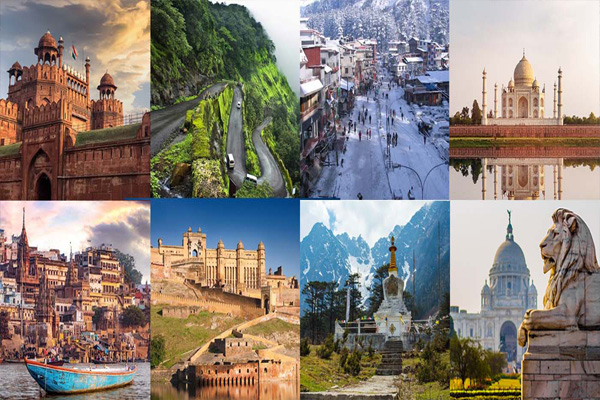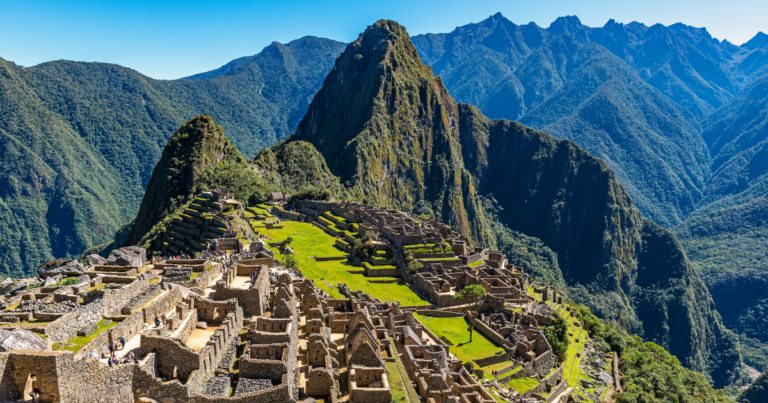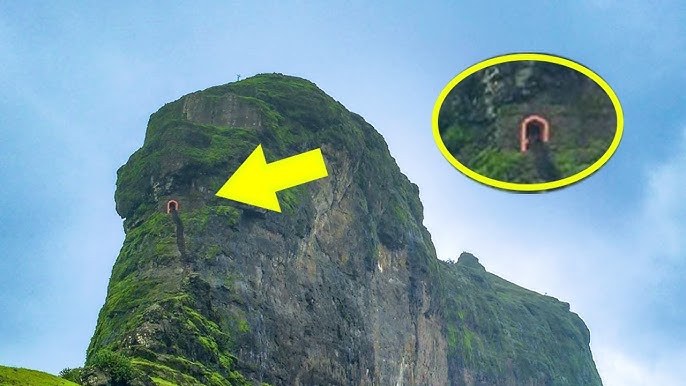
Adventure tourism has become increasingly popular in recent years, offering thrill-seekers the chance to push their limits through activities like bungee jumping, skydiving, rock climbing, and extreme sports in remote and exotic locations. For many, these adrenaline-pumping experiences are a dream come true. However, as the demand for more daring and extreme experiences rises, so do the risks. Behind the excitement of adventure tourism lies a darker side that can involve physical, emotional, and environmental dangers. Are thrill-seekers risking more than they know?
1. Physical Danger and Fatalities
The most apparent and immediate risk of adventure tourism is the physical danger involved. Activities such as white-water rafting, mountaineering, and base jumping often occur in unpredictable and harsh environments, putting participants at risk of serious injury or death. According to the World Health Organization, extreme outdoor sports contribute significantly to accidents, including fractures, head injuries, and even fatalities.
Despite stringent safety regulations in many countries, accidents still happen. In some locations, operators may not adhere to safety standards or provide adequate training and equipment. For example, in countries with less regulation, travelers may engage in activities with minimal oversight or protection, increasing the chances of accidents.
2. Environmental Degradation and Sustainability Concerns
Adventure tourism often occurs in some of the world’s most pristine natural environments—mountain ranges, tropical forests, and remote islands. While these activities may benefit local communities economically, they can also contribute to environmental degradation.
Extreme tourism often involves activities that disrupt fragile ecosystems, such as off-road vehicles damaging forest floors, rock climbing eroding geological formations, or the construction of resorts and infrastructure in previously untouched areas. In many cases, local wildlife is disturbed, and areas once pristine are scarred by human presence.
The rapid growth of adventure tourism also means that areas once accessible only to a few are now seeing mass visitation, leading to overcrowding and degradation of natural resources. For example, popular trekking routes, like the Everest Base Camp in Nepal, have become congested, resulting in waste, pollution, and environmental damage.
3. Psychological and Emotional Impact
For some thrill-seekers, the allure of adventure tourism lies in confronting personal fears and pushing mental boundaries. However, there is a psychological side to these experiences that can have lasting effects. The intensity of certain activities can trigger feelings of anxiety, fear, or even post-traumatic stress. Individuals who participate in extreme sports or face high-stress situations may experience an emotional toll that lingers long after the adventure is over.
Additionally, many adventure travelers seek to escape from the pressures of daily life, only to return home to confront the same issues, feeling emotionally depleted or disconnected. In some cases, individuals may become addicted to the rush of adventure, leading them to constantly seek more extreme experiences, which can strain relationships and result in a dangerous cycle of risk-taking behavior.
4. Cultural and Ethical Issues
Adventure tourism can also raise ethical and cultural concerns. Many of these activities occur in rural or indigenous areas, where locals may need more preparation for the influx of tourists. Cultural misunderstandings, exploitation of local populations, or even disrespect for sacred sites can arise when tourists are not educated about the customs and traditions of the regions they visit.
For example, trekking to Indigenous villages or climbing sacred peaks may be seen as disrespectful or harmful by the local communities. Yet, these activities continue to thrive in the name of adventure tourism. Without proper cultural sensitivity, the very essence of these locations can be diminished, and the people who call these places home can suffer from the impact of mass tourism.
5. The Risk of Exploitation by Tour Operators
While many adventure tourism companies are well-intentioned and adhere to safety guidelines, some prioritize profit over safety and ethics. Some operators may cut corners in training, equipment maintenance, and staffing to maximize profit margins. These practices can harm participants, mainly when operators are eager to meet the demand for more extreme, off-the-beaten-path activities.
In some developing countries, local tour guides or operators may not be sufficiently trained or certified to handle emergencies, increasing the risk for tourists. Travelers often need to be made aware of these risks, especially if they are not familiar with the area or the specifics of the activity they are engaging in.
Conclusion: Weighing the Risks and Rewards
Adventure tourism can provide unforgettable experiences and life-changing moments. For many, it is an opportunity to test personal limits and connect with nature in ways few other activities can offer. However, thrill-seekers must be aware of the darker side of this booming industry.
Physical, psychological, environmental, and ethical risks should not be underestimated. Adventure tourism must be approached with caution, respect, and responsibility. Travelers should always research their chosen activities and tour operators, consider their adventures’ environmental and cultural impact, and prioritize safety over thrills. Doing so can help ensure that their quest for excitement does not come at the cost of personal well-being, local communities, or the planet itself.







